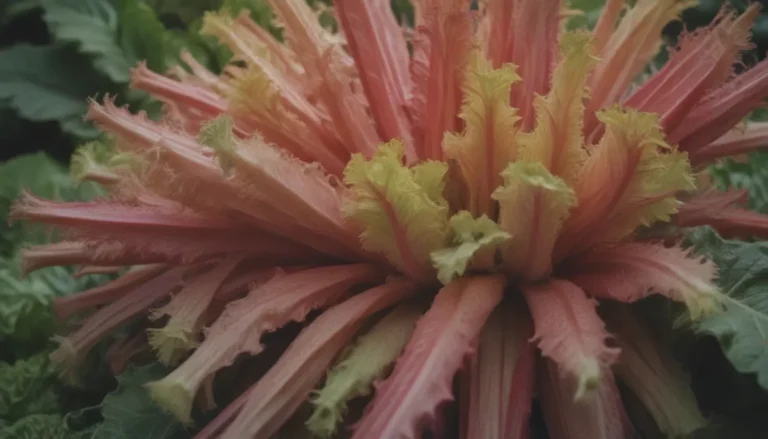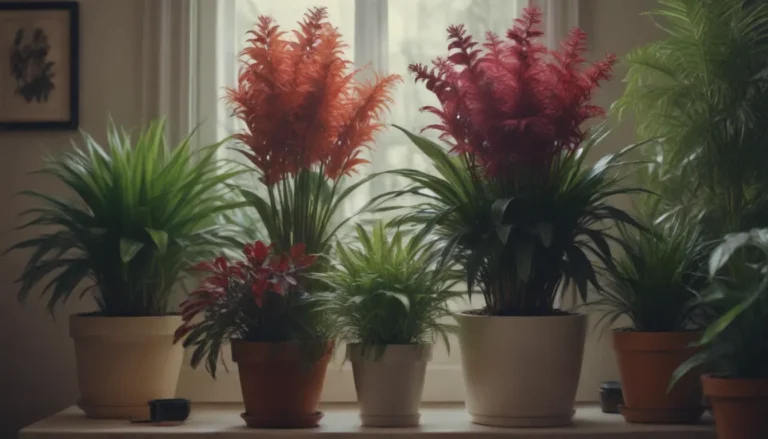Exploring the World of Kohuhu: Everything You Need to Know about Growing and Caring for Pittosporum Tenuifolium

Are you looking to add some greenery to your garden or home? Look no further than Kohuhu, also known as Pittosporum tenuifolium. This versatile plant is a broadleaf evergreen shrub or tree that can bring a touch of elegance to any landscape. In this comprehensive guide, we’ll delve into everything you need to know about growing and caring for Kohuhu, from planting to propagation and common pests. So, let’s get started!
Getting to Know Kohuhu
Kohuhu, or Pittosporum tenuifolium, is a native of New Zealand and has naturalized in other regions like Australia and California. With over 25 cultivars available in the nursery trade, there’s a Kohuhu variety for every need, from privacy hedges to container gardening. Here are some key features of Kohuhu:
- Size: Kohuhu can grow over 30 feet tall and 15 feet wide, making it ideal for hedges or screens.
- Appearance: The plant is densely branched with slender stems that are gray to nearly black on young shoots.
- Sunlight: Kohuhu thrives in full sun but can tolerate partial shade, especially in hot climates.
- Soil: The plant prefers moist, well-draining soil and can handle some maritime salt spray.
- Hardiness: Kohuhu is best suited for Hardiness zones 8-11 and can withstand light frost.
Kohuhu Care Tips
Light
- Kohuhu prefers full sun but can tolerate partial shade.
- Container plants should receive at least six hours of sunlight daily.
Soil
- Plant Kohuhu in fertile, well-draining soil.
- For clay soils, add compost to improve drainage.
Water
- Newly planted Kohuhu should be watered deeply and frequently until established.
- Mature shrubs require additional watering only during droughts.
Temperature and Humidity
- Kohuhu thrives in warmer temperatures and high humidity.
- It can tolerate light frost but not sustained freezing temperatures.
Fertilizer
- Add bone meal when planting new shrubs to help them establish.
- For established plants, fertilization may not be necessary unless growth slows down. Consider using a slow-release granular fertilizer in early spring.
Types of Kohuhu Cultivars
In the world of Kohuhu, you’ll find a variety of cultivars to suit different needs. From tall privacy hedges to compact container plants, Kohuhu has something for everyone. Some popular cultivars include:
- Pittosporum tenuifolium ‘Marjorie Channon’
- Pittosporum tenuifolium ‘Silver Sheen’
- Pittosporum tenuifolium ‘Gold Star’
- Pittosporum tenuifolium ‘Golf Ball’
- Pittosporum tenuifolium ‘Tom Thumb’
Pruning and Propagating Kohuhu
If you want to keep your Kohuhu looking its best, pruning may be necessary, especially if you’re going for a specific shape or size. The best time to prune Kohuhu is in the spring, once new growth has emerged. For propagation, Kohuhu can be easily propagated by taking cuttings or layering.
Propagating Methods:
- Cuttings: Take cuttings from healthy stems for propagation.
- Layering: Encourage roots to grow from a stem by layering it in soil.
Growing from Seeds:
While Kohuhu can be grown from seeds, it is a lengthy process with varying success rates. Seeds may take up to four months to germinate, making it a less preferred method for growing new plants.
Common Pests and Diseases
Kohuhu is generally a low-maintenance plant, but it can still be susceptible to pests and diseases, especially if stressed by environmental conditions. Some common issues include:
- Leaf Spot: Caused by over-watering, resulting in dark spots on leaves.
- Powdery Mildew: Appears on new shoots due to poor air circulation and high humidity.
- Aphids: While rare, aphids can affect Kohuhu and should be promptly removed.
Common Problems and Solutions
While Kohuhu is relatively easy to grow, some common problems to watch out for include over-watering and planting in too much shade. To ensure the health and longevity of your Kohuhu, it’s essential to provide ample sunlight, well-draining soil, and protection from harsh winds.
In conclusion, Kohuhu is a versatile and attractive plant that can enhance any garden or landscape with its graceful appearance and low maintenance requirements. By following the care tips and propagation methods outlined in this guide, you’ll be well on your way to creating a thriving Kohuhu oasis in your outdoor space. So, why not give Kohuhu a try and experience the beauty it can bring to your surroundings? Happy gardening!





